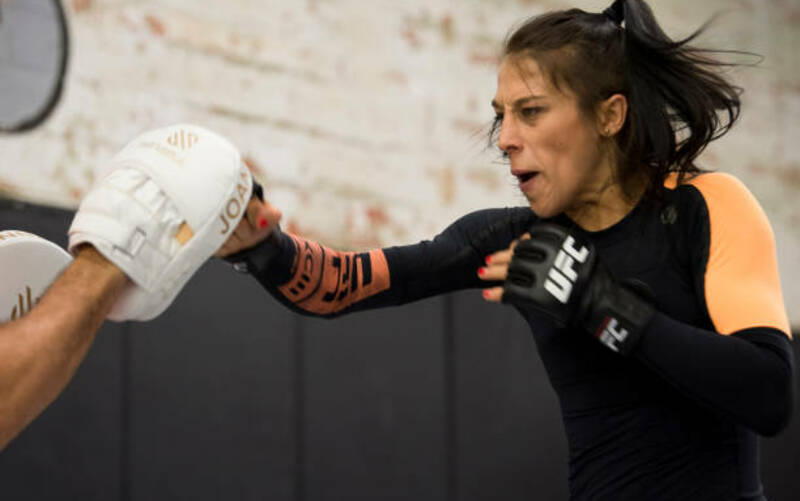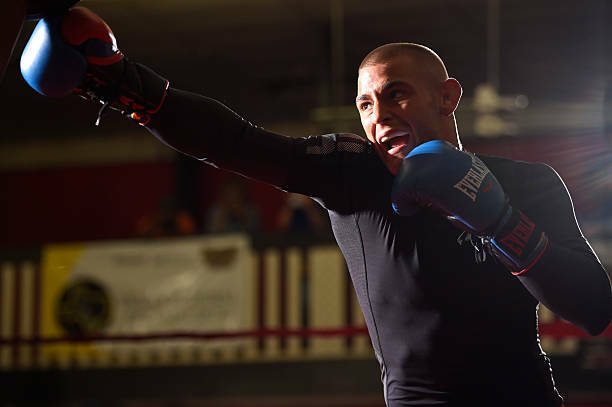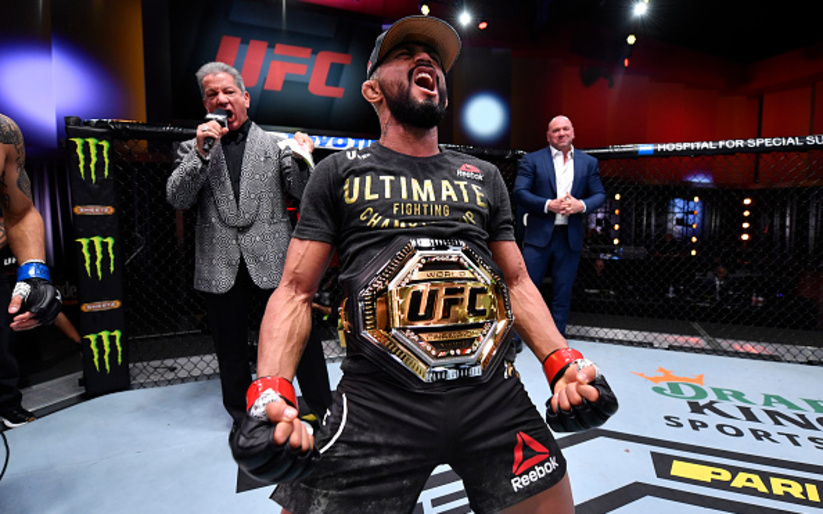Fighters need to stop slow aerobic training!
Now before you start losing your mind, let me explain. For a long time fighters have known that, in order to get in shape, they must do their roadwork. Getting up at five in the morning, lacing up their running shoes, and hitting the pavement. Most of the time, fighters will run as far as 10-20 miles, before even fully starting up a day of training.
What seems to be the problem with this is that most of the sports requirements are anaerobic in nature. Yet studies have shown that aerobic training actually makes athletes slower. This is why interval training must be a staple in your conditioning training, over steady state conditioning.
Fighters need to stop slow aerobic training!
Here is why. In Mixed Martial Arts (MMA) competition there are many factors that come into play when talking physical preparation. MMA is a mixed aerobic system sport, and yes, aerobic capacity is something that has to be optimal in order to perform at a high-level.
Here’s the thing with that. Working on aerobic conditioning equates to a slower, and less powerful athlete. Studies show that when a naturally fast, twitch fiber, individual trains low intensity conditioning (aerobic work) they will actually get worse.
What I’ve learned over the years is that fighters get enough actual sport specific conditioning through their skill-work. I’ve come to find that if a fighter is in optimal shape to spar 10 rounds, without gassing out, then they can most likely run 10 miles without ever getting their heart rate to maximal.
Once camp starts, that’s when the sole focus should be on work being explosive, and stronger over time.
Another interesting finding is that short intervals actually help in strengthening aerobic capacity, much more than aerobic work in general. As a coach with over a decade of experience training some of the most talented fighters in the world (at American Top Team), I have learned fighters will rarely shy away from what they have done in the past–which is fine. I never want to deny a fighter from doing something they enjoy. With that being said, it can’t be the main source of conditioning.
When conditioning fighters out of camp, or in the (off-season), I like to build a base of conditioning strength. If they are completely out of shape (which is very rare) then I will start them off on some lower intensity aerobic conditioning. This can be somewhat sport specific, or it can be something they enjoy. For example, shadowboxing, bag work, jump rope, swimming, and light jogging. Nevertheless, the duration will never go longer than 30 minutes.
Fiber type plays a huge role in how an athlete will respond to certain training stimulus.
Once camp starts, that’s when the sole focus should be on work being explosive, and stronger over time. Tempo-runs, and shuttle-runs are a great tools I use to help build aerobic and anaerobic capacity. It also aids in injury reduction, due to the change of direction, and eccentric strength components. Once we get closer to the fight, the shorter, and more intense the conditioning becomes with sole focus on sport-specific time intervals, and movement patterns.
Remember, fighters train two to even three times a day. And in that training, they are getting simulated sport conditioning from sparring, grappling, wrestling, etc. Fiber type plays a huge role in how an athlete will respond to certain training stimulus. When I work with predominantly fast twitch athletes, that have a substantial amount of muscle, I aim to improve on their recovery from short bursts of energy output.
Each individual is unique and responds differently, but the overall system remains the same.
On the flip-side, with individuals that are slow twitch, leaner, and less muscular, I will work more anaerobic intervals. Improving their capacity, without sacrificing power and strength. Each individual is unique and responds differently, but the overall system remains the same. And all systems have to be met, and optimal, for success.
When it comes to performance and physical preparation, I do feel that all aspects must be covered. However, you must choose a correct program that will improve on weak points, and optimize strengths. I’m not totally against true aerobic conditioning, but I do believe it must be limited. Especially when trying to become stronger, and more athletic.
Phil Daru is premier trainer at American Top Team and will have several of his athletes competing tomorrow night in Dallas, Texas at UFC 211.
Main Photo:





Interesting article.